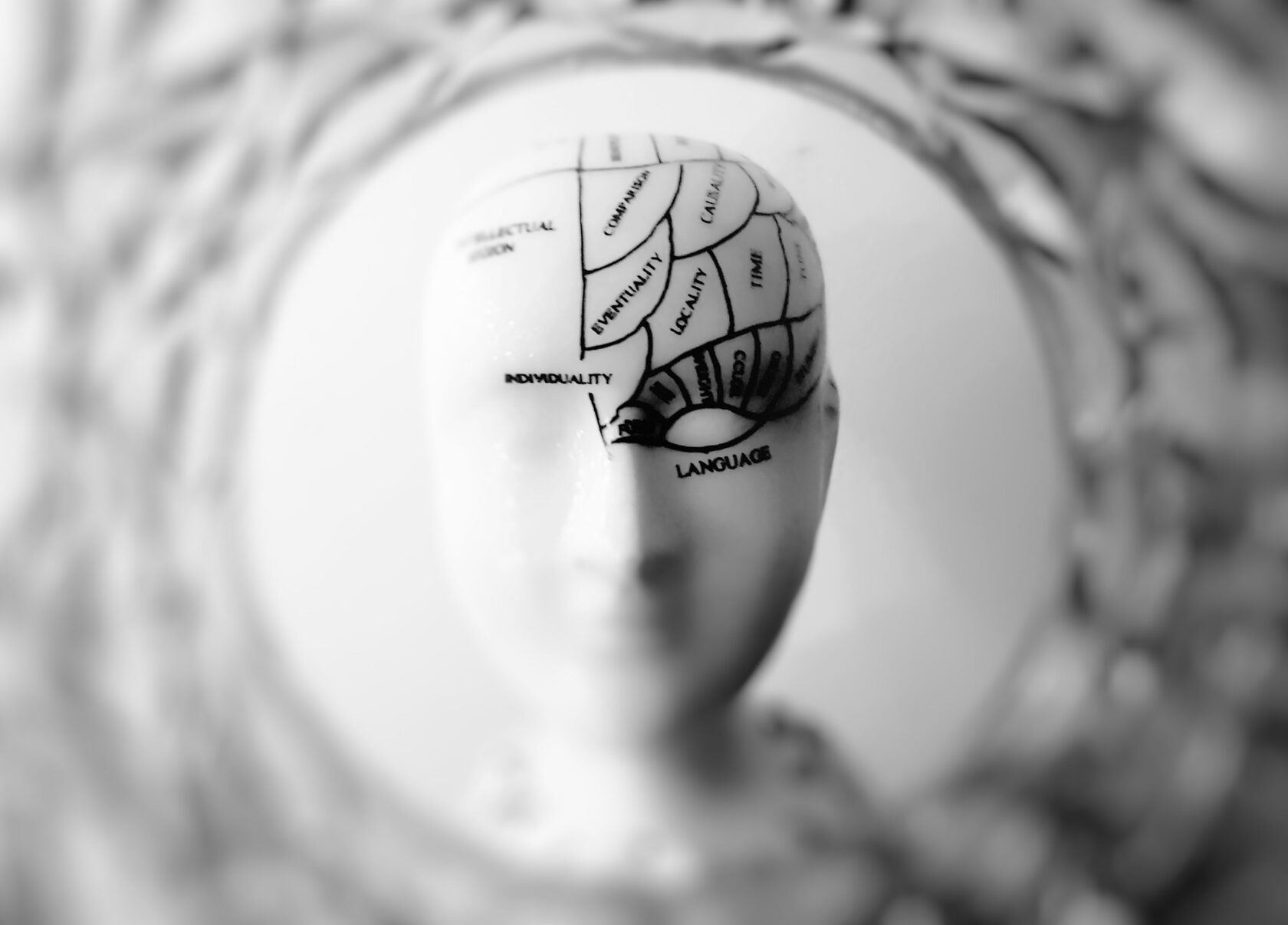Neurofeedback is based on principles of operant conditioning and procedural skills learning. Due to these learning mechanisms, neuroplasticity is expected to take place during neurofeedback training either via Hebbian plasticity or anti-Hebbian/homeostatic plasticity. Such intrinsic regulatory mechanisms are believed to prevent extreme states of brain activity, such as pathologically high or low synaptic strengths (it means the brain’s ability to work).
Nowadays, neurofeedback is used in three ways:
- as a therapeutic tool to normalize deviating brain activity and treat neurocognitive disorders;
- as a so-called peak performance training to enhance cognitive performance in healthy participants;
- as an experimental method to investigate the causal role of neural oscillations in cognition and behavior.
More precisely, neurofeedback research is dominated by two streams: clinical research and neuroscientific inspired research, which is mainly based on recent methodological and technical innovations, as well as on increasing knowledge about the neural correlates of behavior and cognition.
Some examples of recently developed EEG neurofeedback protocols are the upregulation or downregulation of high alpha, the upregulation of frontal beta, and frontal midline theta, but also neurofeedback protocols using fMRI neurofeedback.
Recent randomized controlled trials suggest that 30 to 40 sessions of neurofeedback were as effective as methylphenidate in reducing inattentive and hyperactivity symptoms and were even associated with superior posttreatment academic performance. It has been proposed that the effects of TBR neurofeedback on ADHD might be explained by the learned self-regulation of attention as evidenced by the enhanced amplitude of endogenous evoked related potentials.
Arns and Kenemans found that the clinical effects of neurofeedback were maintained across 6 and 24-month follow-up periods, with a trend for larger symptom decreases for hyperactivity/impulsivity after 24 months than after 6 months.
Van Doren et al. made a meta-analysis with 10 randomized controlled trials and showed that the effects of neurofeedback increase in time, other than medication effects that diminish with time and suggest the long-term efficacy of neurofeedback.
No signs of publication bias have been found and no significant neurofeedback-specific side effects have been reported in any prior study (Strehl et al., Steiner et al., Arnold et al., Lansbergen et al.)
Recourses:
Enriquez-Geppert, S., Smit, D., Pimenta, M. G., & Arns, M. (2019). Neurofeedback as a Treatment Intervention in ADHD: Current Evidence and Practice. Current Psychiatry Reports, 21(6).
Arns M, Kenemans JL (2014) Neurofeedback in ADHD and insomnia: vigilance stabilization through sleep spindles and circadian networks. Neurosci Biobehav Rev 44:183–194.
Van Doren J, Arns M, Heinrich H, Vollebregt MA, Strehl U, Loo SK. Sustained effects of neurofeedback in ADHD: A systematic review and meta-analysis. Eur Child Adolesc Psychiatry. 2018:1– 13.
Arns, M., Clark, C. R., Trullinger, M., deBeus, R., Mack, M., & Aniftos, M. (2020). Neurofeedback and Attention-Deficit/Hyperactivity-Disorder (ADHD) in Children: Rating the Evidence and Proposed Guidelines. Applied Psychophysiology and Biofeedback.






